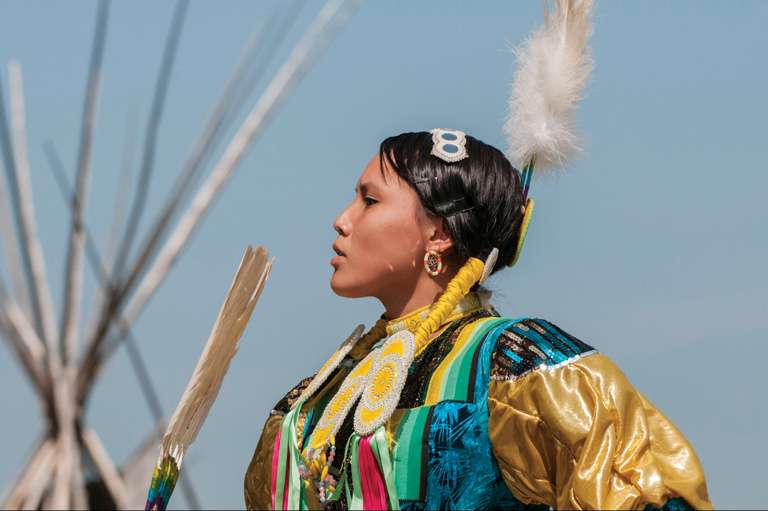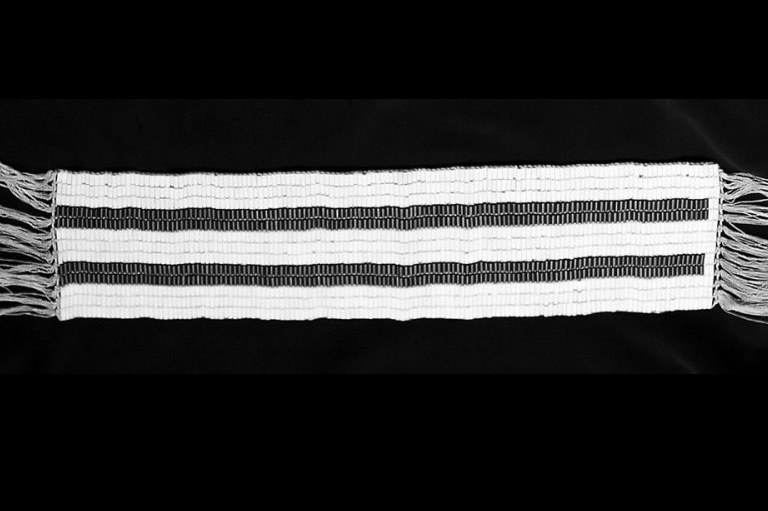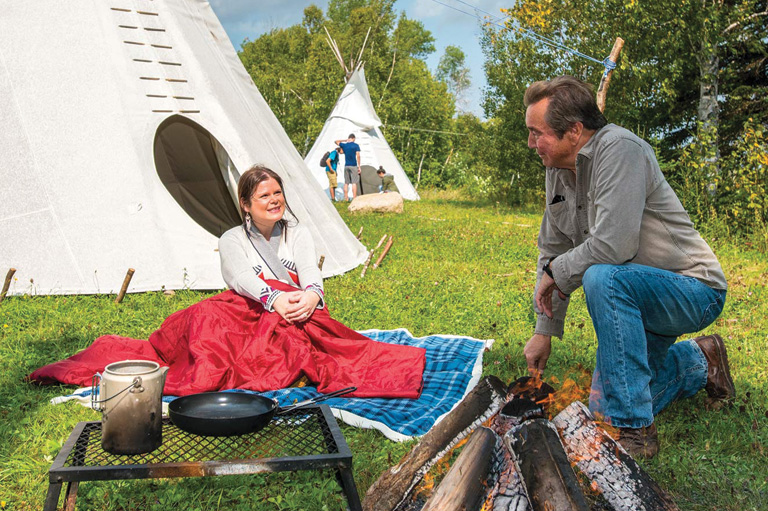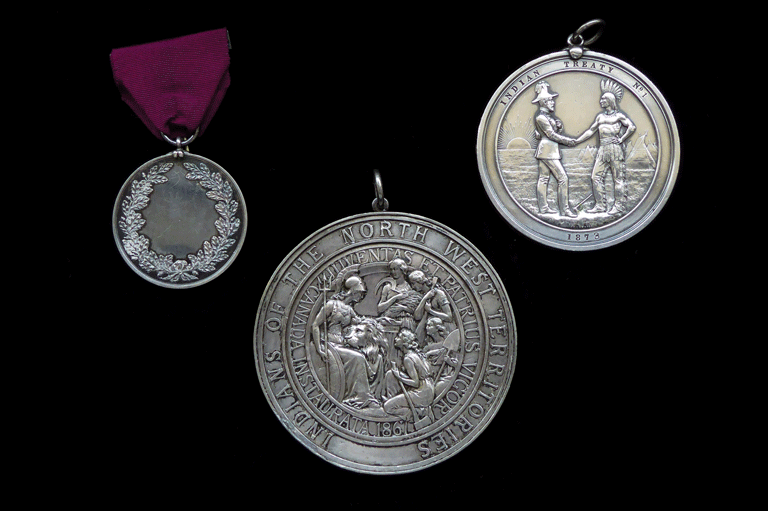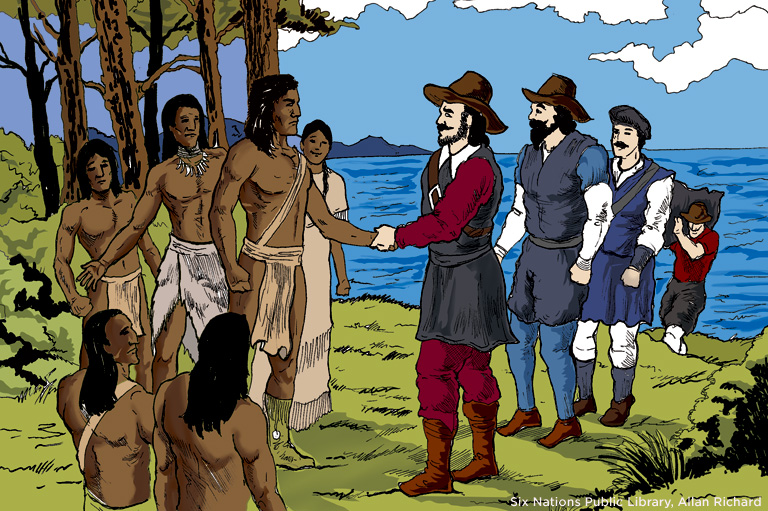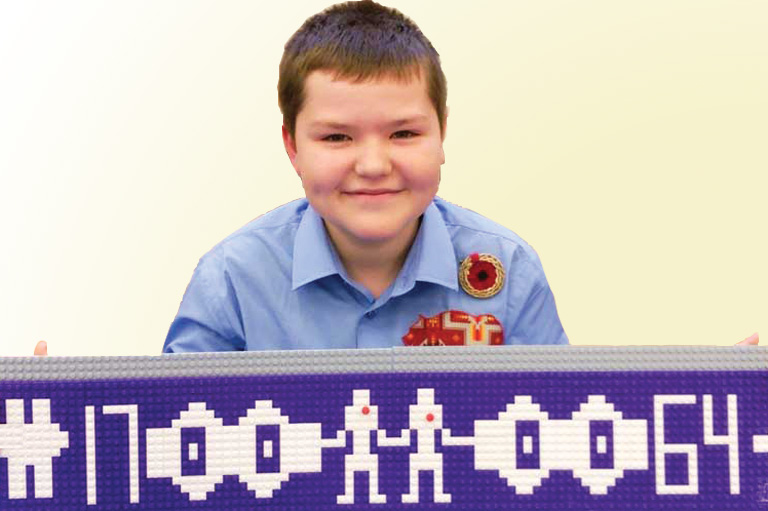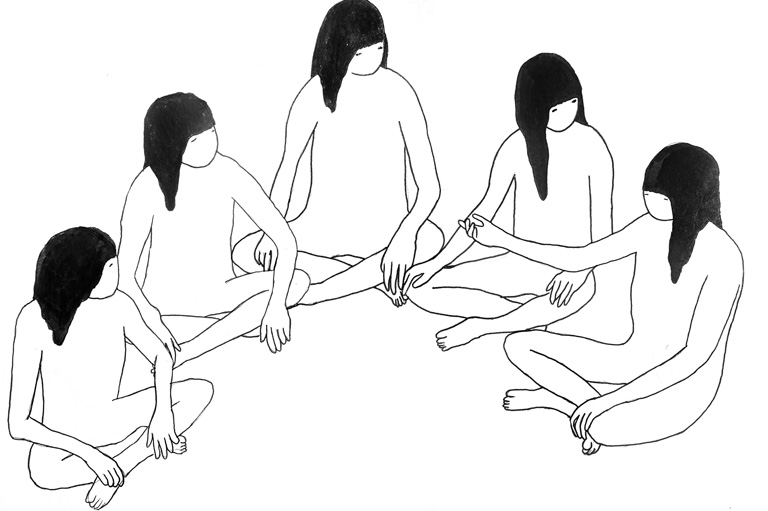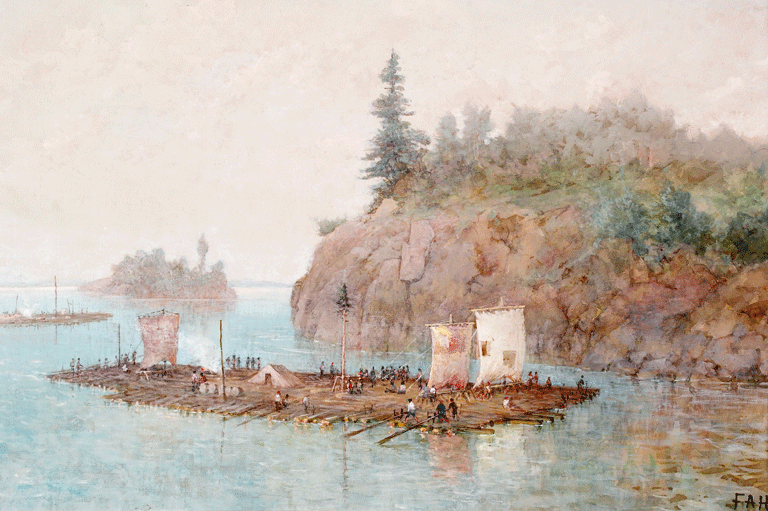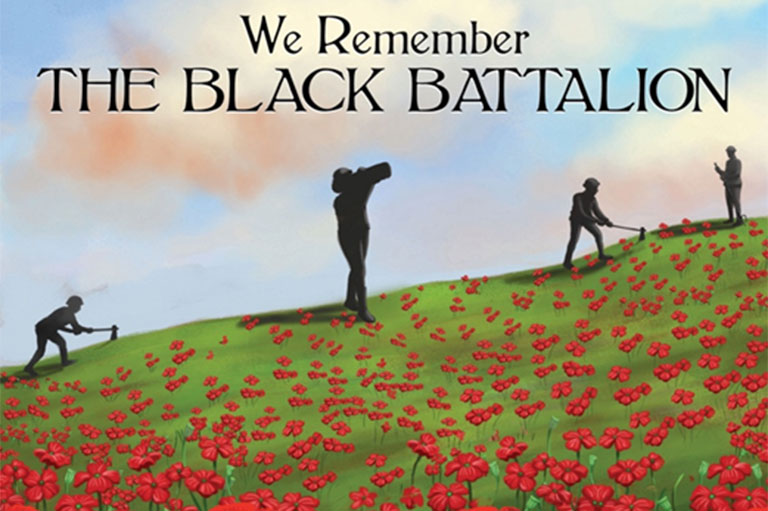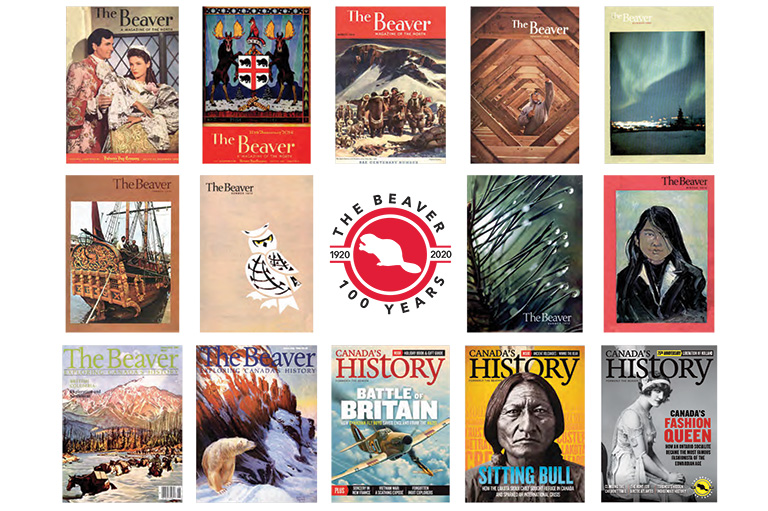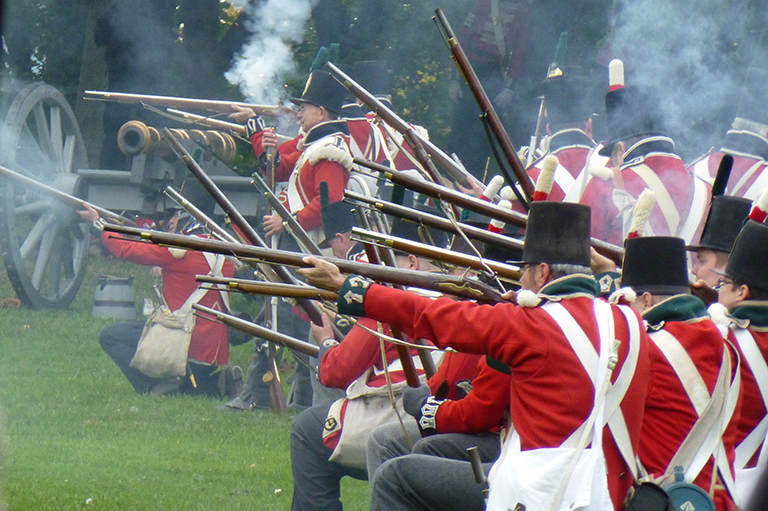Unceded Land
See “Whose Is It?” on pages 18 and 19 in the We Are All Treaty People issue of Kayak: Canada’s History Magazine for Kids.
Read
The Parliament buildings, home of the Canadian government, sit on unceded land of the Algonquins of Ontario. These First Nations state they still hold all rights to the territory, which covers 36,000 square kilometres.
Minds on
Play a game of opposites/antonyms. Write antonyms on the bottom and top parts of plastic eggs [ hot/cold, big/small, near/far, always/never, apart/together, common/rare, early/late, etc.] Pull the two halves apart, randomly distribute one half to each student. Have them walk around the class to find their matching antonym.
Write the word TREATY on one half of a plastic egg. Leave the other half blank. Pass the half around the class. Explain the meaning of Treaty. Have the class define the opposite. Explain and expand upon the concept of unceded land.
Hands on
Have the students map and colour unceded Algonquin territory in Ontario and Quebec. Locate and indicate Ottawa and other major centres.
More classroom activities
Themes associated with this article
Advertisement
You might also be interested in...
This issue, as well as the corresponding educational resource package, can be found on the French side of our site.

Encouraging a deeper knowledge of history and Indigenous Peoples in Canada.
The Government of Canada creates opportunities to explore and share Canadian history.

The Winnipeg Foundation — supporting our shared truth and reconciliation journey.

We contribute to the well-being of the communities we serve through grants, scholarships, sponsorships, fundraising, volunteering and collaborative relationships with community partners.

